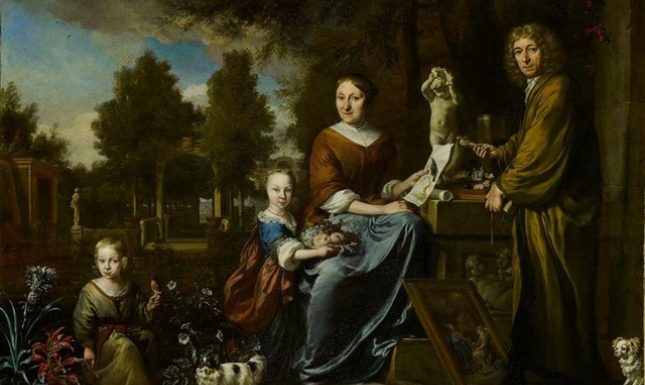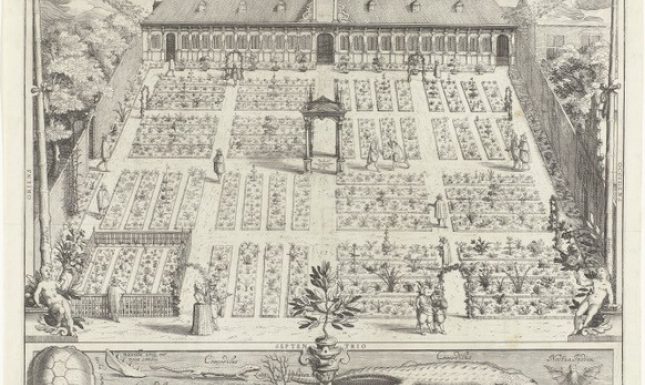Cross-Pollination: Botany and the Arts in the late Seventeenth-Century Dutch Republic
Influencing through networks and networking through influence: the world of naturalia, botany, and art in late seventeenth-century Amsterdam.
Have you ever wondered how people found one another and exchanged ideas before the internet and social media? It turns out that networks were just as critical during the seventeenth century as they are today: employment opportunities, marriage, election to civic office are just some of the life events that were impacted by the people one knew. The title of my dissertation is Cross-Pollination: Agnes Block and her network of botanical artists and professionals in the late Dutch seventeenth century. The word “cross-pollination” is key: the objective of my research is to emphasize the significance of relationships and collaboration in the lives of early modern Dutch women artists and patrons.
The main actor in my research is Agnes Block (1629-1704), a member of an affluent merchant family with a passion for botany and art. In 1670, Block bought Vijverhof, a country estate along the river Vecht. She devoted the next decades of her life to establishing a world-famous garden on her estate, where rare plants and exotic birds were on display. Vijverhof, and the natural world it embodied, was central to Block’s identity, as evidenced by the artworks she commissioned. Between 1684 and 1700, Block retained the well-known artist Jan Weenix to paint a large portrait of her and her husband in front of Vijverhof.

The portrait was an unequivocal act of self-representation on Block’s part. She wished to be remembered as an important art patron, collector, and knowledgeable amateur botanist. Block also commissioned in excess of 400 watercolours by some of the most highly sought-after artists of the time, which further contributed to her status as an art patron.

Block’s achievements were remarkable: civic leadership and professional life in Amsterdam were largely restricted to men during the seventeenth century. As a woman, she did not have access to higher education and could not become a member of the professional scientific societies that existed in France and in London, which would have provided her with helpful contacts. Yet, she forged her way in. Block established relationships with artists, botanical experts, and merchants who had access to rare plants and animals through their connections to the East and West Indies trade. She developed strong relationships with individuals in the Netherlands, such as Caspar Commelin and Paul Herman, directors of the botanical gardens in Amsterdam and Leiden, respectively, and abroad, such as the celebrated botanical professor Lelio Trionfetti in Bologna.

It can be difficult to find traces of women’s existence in the archives today. Women tended to produce fewer written records than men and those they did produce were often not preserved. Often, one has to look through the archives of fathers, husbands, or brothers in order to find relevant documents. This is where social network analysis is particularly helpful. By combing through the records of the people in Block’s world, one can find traces of the relationships in which she participated, and begin to reconstruct how she became so successful.
One of my favourites indices regarding Block’s networks is in the Special Collections at Leiden University. It is the friendship album of the engraver Petrus Schenk. The album was an important record of the people Schenk knew and admired. One of the people who signed the album was Maria Sibylla Merian, a famous artist who worked for Block. Nicolaas Witsen, a key civic leader in Amsterdam with a passion for garden culture and natural science, also signed it. In one sense, the album is a material representation of a relationship between Merian and Witsen, which we know from other sources existed. Critically, it also suggests that Block probably had a relationship with Witsen, which is an important avenue of research.

Catherine Powell is a PhD Candidate in art history at the University of Texas at Austin and is currently a Samuel H. Kress Institutional Fellow at Leiden University. For more information about her scholarship and current work follow this link.





0 Comments